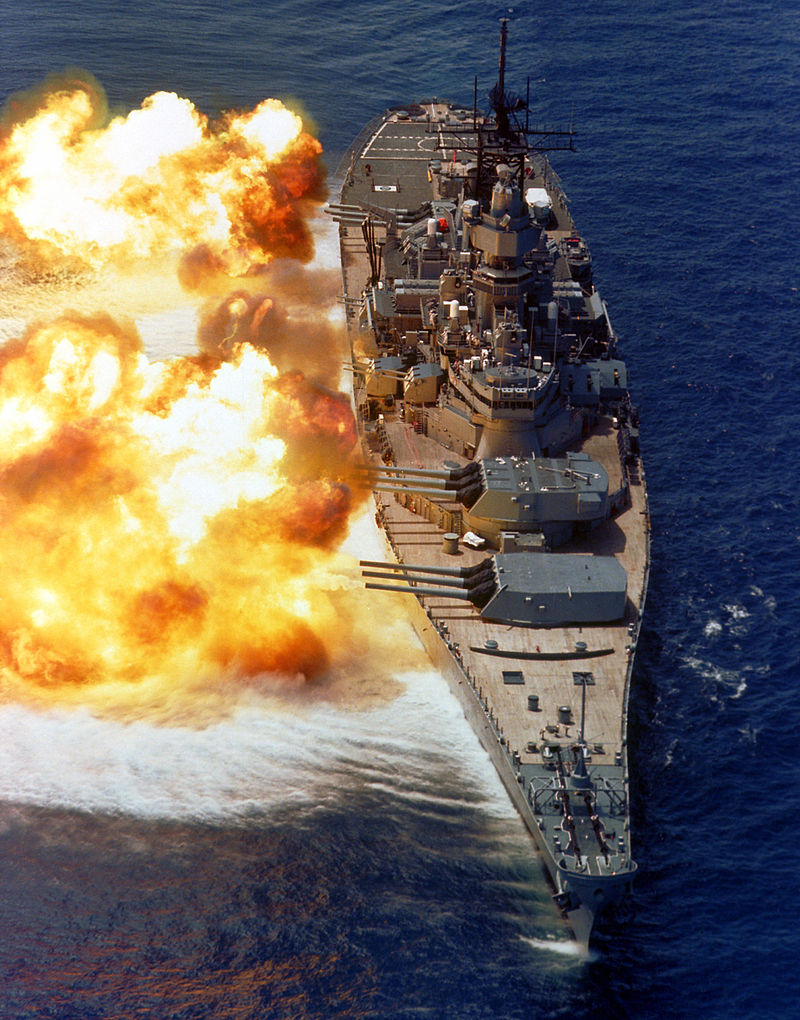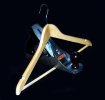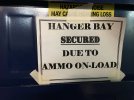And on the last day of 2017, lead ship of the
Iowa class battleships: USS
Iowa (BB-61). Originally planned for a class of 6 (
Iowa, New Jersey, Missouri, Wisconsin, Illinois and
Kentucky), the last 2 ships were cancelled and and finally broken up in 1959. (The
Illinois and
Kentucky had a slight hull redesign that gave them 20% better protection against torpedoes.)
These ships were designed before the new super-heavy 2,700 lb AP shells - thus their main armor belt of 12" was only proof against the standard 2,200 lb 16" AP shell - which was the biggest shell anyone had outside of the
Yamato. Outside of the norm for American battleship design, they were designed for maximum speed. Previous US battleships were either 21 knots, or the fast battleships of the
North Carolina and
South Dakota classes were 28 knots. The steam turbines not only gave 212,000 HP, but were designed for a 20% overload.
New Jersey (lightly loaded) managed 35.2 knots sustained for 6 hours in 1968, during WW2 at the Battle of Truk,
Iowa and
New Jersey gave chase at 32.5 knots to the Japanese destroyer
Nowaki but were unable to catch her. They attempted shots at ranges of 39,000 yards and bracketed the fleeing destroyer, just missing the longest range battleship gun hit. (This is a 50% jump over the actual longest battleship hit, 26,000 yards disputed between HMS
Warspite and the Kriegsmarine
Scharnhorst.) Another distinguishing feature was a very heavy anti-aircraft armament of 10 dual mount 5" guns, 20 quad mount 40mm Bofors and 49 single mount 20mm Oerlikons.
The Iowa class was brought back for both shore bombardment in Korea. During the Cold War, designers added 32 Tomahawks, 16 Harpoons and 4 CIWS's to the battleships as the centerpiece of a surface action group to counter the Soviet
Kirov class cruisers. The
Iowa class was also the basis for a number of proposals to turn the ships into hybrid battleship / carriers.
Length: 887', Beam: 108', Displacement: 58,400 tons at full load. 212,000 HP gave 32.5 knots and a tremendous range of 14,890 NM at 15 knots.
Main armament: 9 x 16"/50 cal firing 2,700 lb shells, 20 x 5"/38 cal secondaries
Commissioned: 1943, Final Decommissioning: 1990, Struck: 2006
Battleship USS Iowa (BB-61) in Shakedown Tests - February 1943
A bow view of the battleship USS IOWA (BB-61) firing its Mark 7 16-inch/50-caliber guns off the starboard side during a fire power demonstration.
Iowa in the Pacific;
Indiana can be seen in the distance
Missouri (left) transfers personnel to
Iowa in advance of the surrender ceremony planned for 2 September.
Battlegroup Alpha with the Iowa and the Midway.
As the centerpiece of a Surface Action Group, the Navy of the late 1980's operated 4 battleships in addition to its 15 carriers.
Here are a couple of the proposals to turn the battleship into a hybrid carrier for helicopters and/or Harriers.
https://warisboring.com/the-battlecarrier-was-part-battleship-part-aircraft-carrier/
















